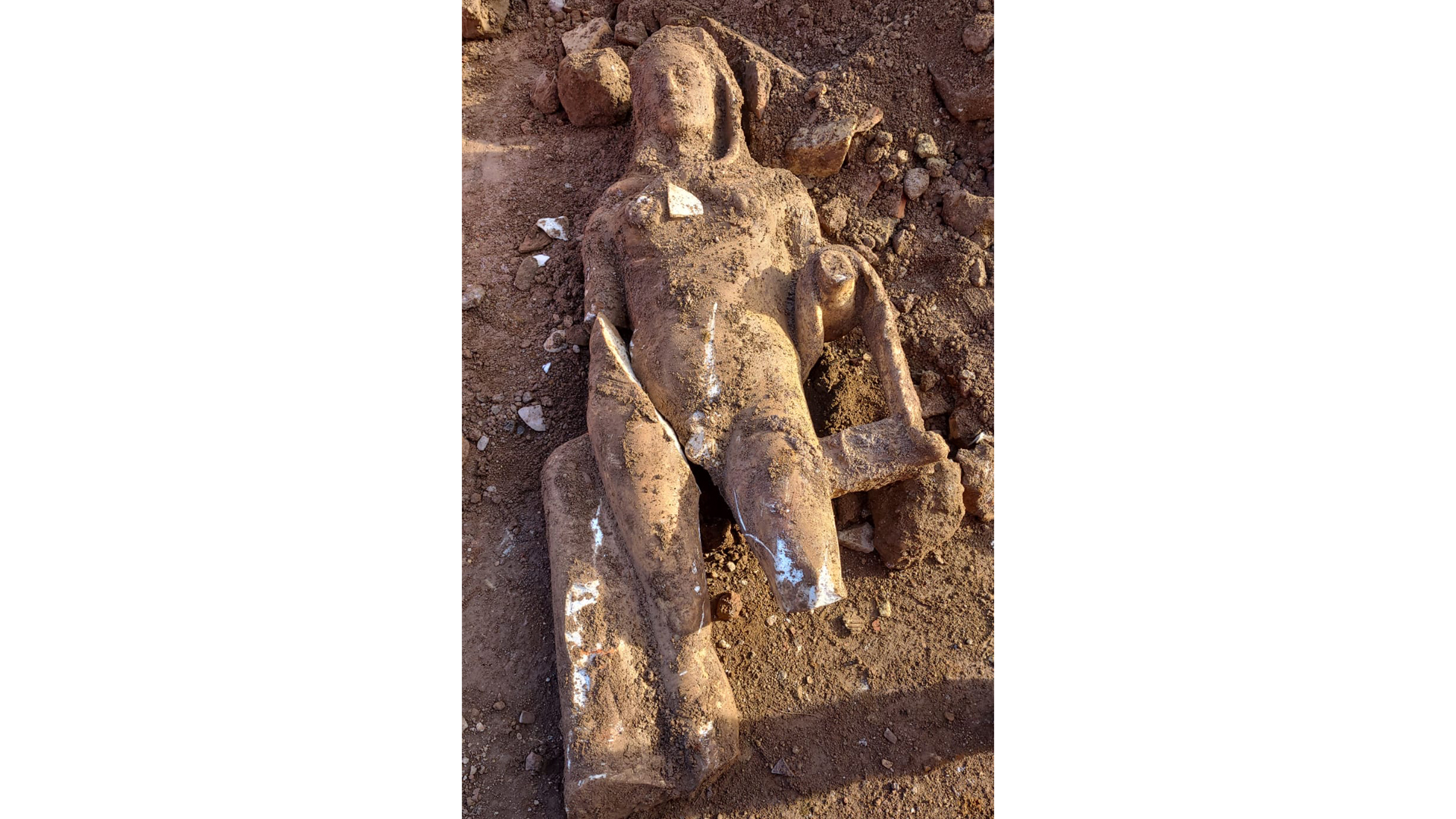On January 26, an ancient statue of Hercules was discovered in Rome during excavation works in Parco Scott, part of the Appia Antica Archaeological Park. The life-sized marble statue, which archaeologists say is a figure representing the mythical hero, not a statue of Hercules himself, was unearthed during sewage pipe repairs. It was discovered 65 feet underground on the Appian Way, an ancient Roman Road.
The archaeological park of the Appian Way posted on Facebook about the discovery, writing that “today, after weeks of archaeological work completely deprived of archaeological interests, Parco Scott gifted us a great surprise: a marble statue of natural beauty.”
Rome is currently seeking UNESCO World Heritage Status for the full route of the Appian Way, an ancient road that connected the entirety of the Ancient Roman Empire. Below are a few facts regarding this ancient road and why the discovery of this statue lends the UNESCO bid strength:

(Photo Credit: Facebook)
Facts about the Hercules Statue Found in Rome
- The Appian Way stretched from Rome to Brindisi, a port city in southern Italy
- The road dates back to the 4th century BC
- It was the first and most important Roman road throughout the history of the Ancient Roman empire
- It was called “Regina Viarum,” the “queen of roads” for the way it connected cities to the capital and allowed the Republic to easily and effectively send its troops to Brindisi
- Parts of the ancient road are still in use today
- The Via Traiana is an offshoot road commission by Emperor Trajan that connected the southern city of Benevento to Brindisi. It is also being included in the bid for UNESCO World Heritage Status
- The discovery of the Hercules marble statue strengthens the bid to make the Appian Way a UNESCO World Heritage Site
- Italy is home to 58 UNESCO World Heritage sites, the most of any country in the world
- The Colosseum, the Amalfi Coast and the Piazza del Duomo are some examples of the cultural heritages recognized by UNESCO.
Asia London Palomba
Asia London Palomba is a trilingual freelance journalist from Rome, Italy. In the past, her work on culture, travel, and history has been published in The Boston Globe, Atlas Obscura,The Christian Science Monitor and Grub Street, New York Magazine's food section. In her free time, Asia enjoys traveling home to Italy to spend time with family and friends, drinking Hugo Spritzes, and making her nonna's homemade cavatelli.

